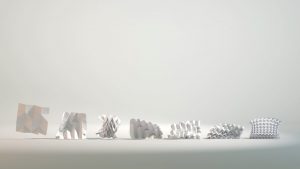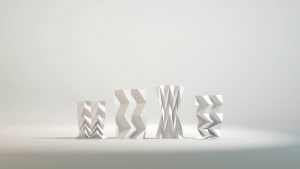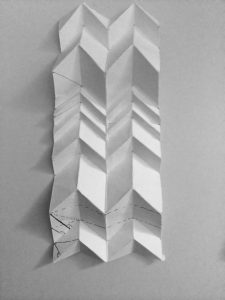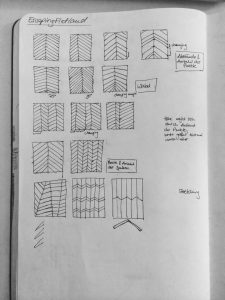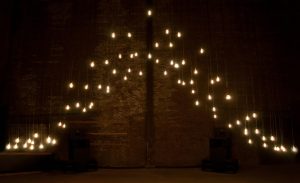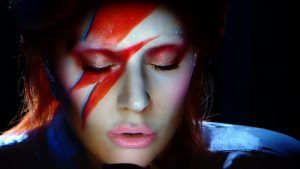
The Virtuix Omni is a first-of-its-kind active virtual reality motion platform. Compared to the prevailing augmented reality such as Pokemon Go! and virtual reality such as PSVR and Oculus rift, Vituix Omni is a platform that brought you into the virtual world. Compared to AR and VR which largely depends on algorithms and software engineering, VO is a hardware work still in concept. The prototype was highly priced. It has a high-tech circle to fix player’s body and a smooth platform on which players could move smoothly. The sensors around the ring could detect the move of the body. Within the circle, the player is equipped with Oculus and player stick. The authors combined the hardware such as sensors with the VR system to create a real virtual world for the player. And the players’ motion is the feedback that authors intend to capture during the game. The author was inspired by VR and brought it to a higher level of experience using Unity engines and motion tracking hardware. This is the concept of true VR platform. Currently, people has been used it for gaming. Yet in the future, it could be used in other fields such as 3D modeling and
adventuring.
https://www.youtube.com/watch?v=PHL4xAeMiRg
http://www.virtuix.com
![[OLD – FALL 2016] 15-104 • COMPUTING for CREATIVE PRACTICE](../../wp-content/uploads/2020/08/stop-banner.png)



